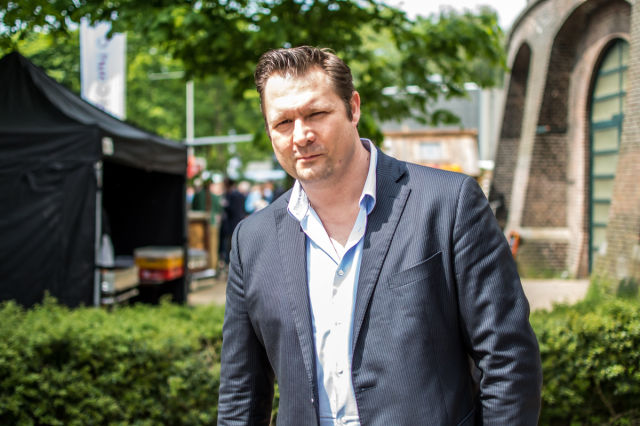
The Hyperloop has been in the news a lot over the past months, although most of these recent stories have covered the murky goings-on at Hyperloop One. There's a lot more to the Hyperloop concept and technology than the funds misappropriation scandals of one Silicon Valley startup, however.
The first and probably most important thing to keep in mind about this futuristic transportation technology is that there's actually more than one company working on making it a reality. Hyperloop One and Hyperloop Transportation Technologies (HTT) are the most significant ones, but the open nature of Hyperloop means there could be many more flying under the radar.
HTT has attracted slightly less media attention than Hyperloop One, partly because the company has not yet raised any external funding or conducted large-scale test runs. It has, however, announced two transportation projects—one between LA and San Francisco, and the other connecting Bratislava, Vienna, and Budapest. In addition to these, it has also intrigued journalists with boasts of a new material called "vibranium," of which its capsules will be made.
We sat down with Dirk Ahlborn, the founder and CEO of HTT, during the The Next Web (TNW) Conference in Amsterdam earlier this year to learn more about the similarities and differences amongst the industry players, as well as the role Captain America has in its operations.
Against the grain
The very concept of Hyperloop—a technique which transports capsules containing passengers or cargo in reduced-pressure tubes—was first described back in 2013 by a team of engineers headed by Elon Musk. It was subsequently open-sourced so that anyone could build something based on the initial idea.
Musk's concept allows some room for interpretation as to the exact technology solutions used for propulsion, as well as the materials of which the tubes and capsules are made.
"There are two or three ways to make this happen," Ahlborn told Ars UK. "There's never only one tech solution."
In May 2016, HTT announced that it would employ a propulsion system for its network that is different from the one Musk's engineers envisioned. The company said at the time that it had "exclusively licensed" the passive magnetic levitation technology from Lawrence Livermore National Labs (LLNL) to use in its tubes.
The key benefit of HTT's solution is that the pod levitates thanks to a force created by sets of magnets located underneath the pod as well as along the tube. The magnets don't require any additional power, which makes the construction process easier and cheaper.
Passive magnetic levitation also ensures passengers' safety, Ahlborn emphasised. Even after a power failure at a full speed of 760mph (1,223km/h), the pod won't touch the surface until it has slowed down to about 22.3mph (36km/h).
"The last thing that I want to have in my life ever is that anybody dies because of me," Ahlborn said. "In all the choices that we make, we go for the safest possible way."
Smart material
Another significant difference with HTT's concept is the material the pods would be made of. In late May, the startup revealed a new material named vibranium, supposedly developed by an unnamed Slovak scientist.
"Vibranium is a composite material that has some sensor technology as part of it," Ahlborn said. "Some news outlets think that sensors are just put in there, but in fact they're part of the composite. The material is actually smart; it can sense structure integrity, temperature, pressure, etc."
The most obvious question about vibranium is the very name of the material, which was first used in Marvel comic books as (amongst other things) the metal from which Captain America's shield is made.
"Captain America's shield is something that protects you," Ahlborn explained. "So vibranium for us was an inspiration. My kids are huge Marvel fans."

HTT isn't concerned about Marvel objecting to its use of the word for the new material, although Ahlborn admitted he has never talked to the publisher about it. His company has already filed the various trademark and patent applications.
Although HTT's vibranium is supposed to be more real than Marvel's, Ahlborn didn't explain much about how the sensors work, mentioning only that you'd need to have physical contact with the material in order to obtain sensor readings. There's no limitation for the area of the surface, since the sensors create a sort of mesh network.
"We can check the integrity of the whole capsule before it departs," he added. "If anything happens during travel we can sense that, and there's still the inner capsule that protects you. So you have redundancy."
Public demonstration of the material is expected to happen soon. HTT claims to be busy building its first full-size capsule, which would consist of a sandwich of two vibranium shells with a filling in between. Different filling materials are being tested, including aluminium foam and a "honeycomb material," Ahlborn said.
reader comments
133